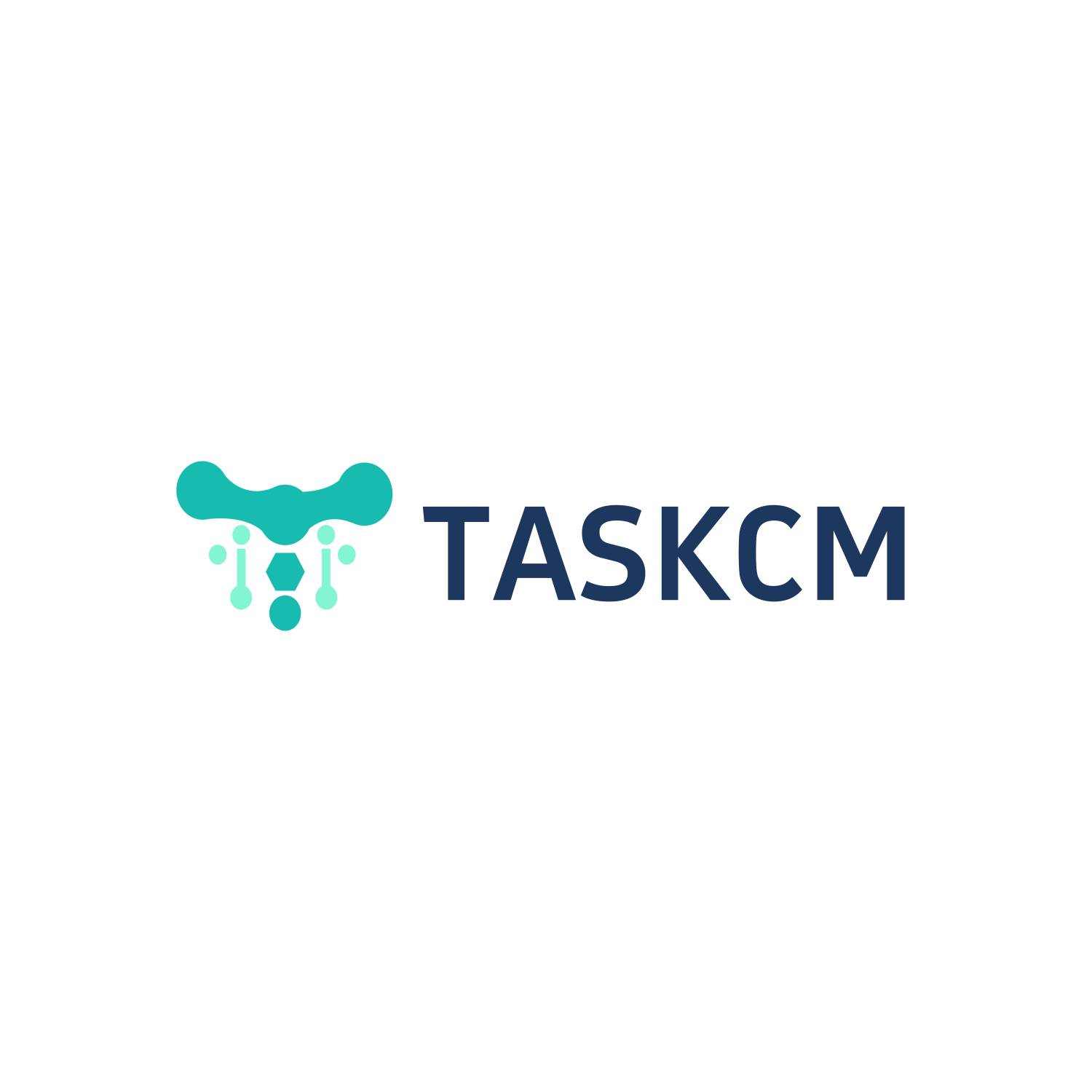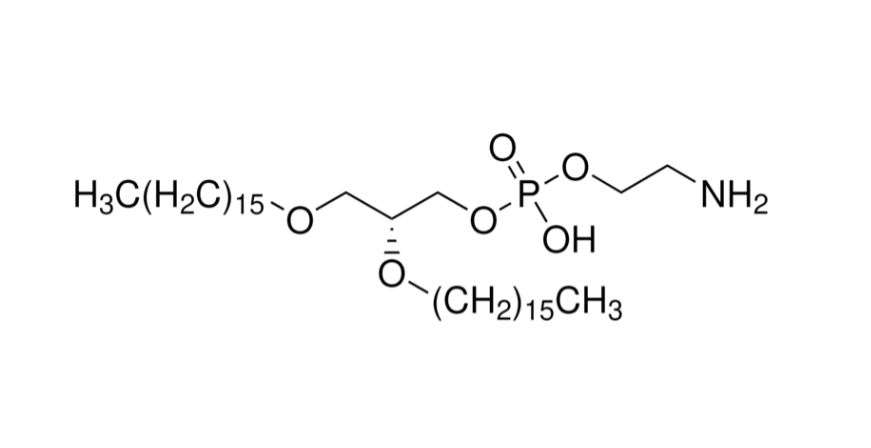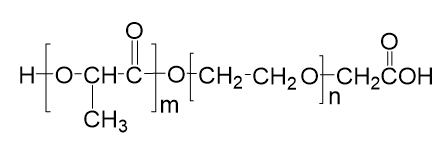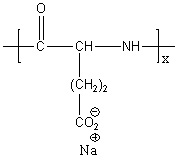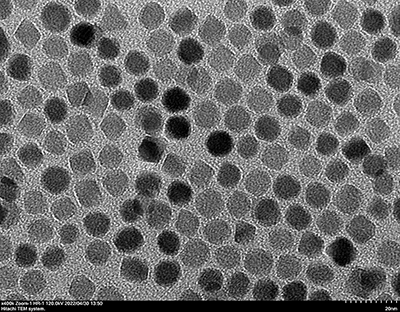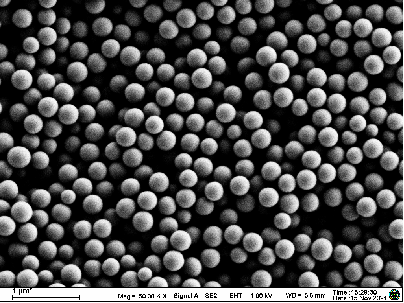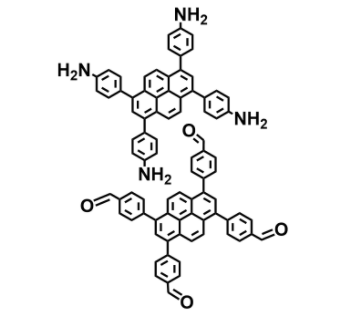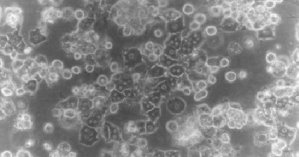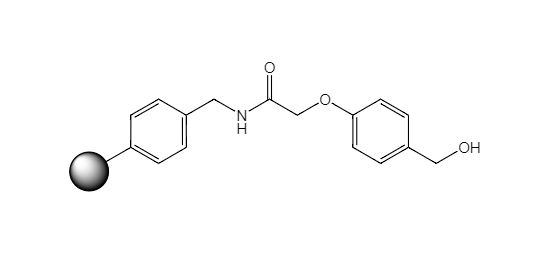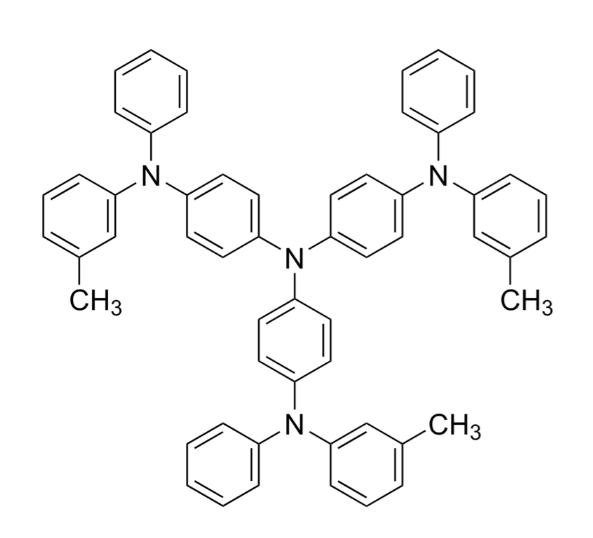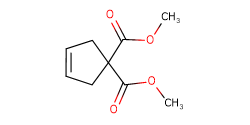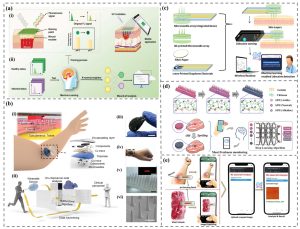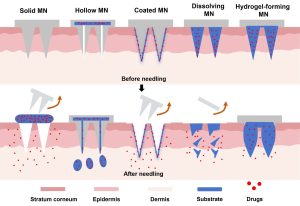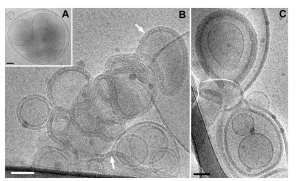PAM/CS Hydrogel: Bringing New Vitality to Controlled Drug Release
As pharmaceutical research continues to advance, traditional drug delivery methods face growing challenges — short therapeutic duration, reduced patient compliance due to frequent dosing, and uneven drug release that can cause side effects. To make drug delivery more precise and long-lasting, scientists are turning to new materials. Among them, PAM/CS composite hydrogels are showing unique advantages in the field of controlled drug release.
As a professional hydrogel manufacturer,Taskcm possesses mature capabilities in customized PAM/CS hydrogel formulation and large-scale production, providing flexible solutions to meet diverse specifications and performance needs in pharmaceutical R&D.
What Is a PAM/CS Hydrogel?
Let’s start with what makes PAM/CS hydrogels special.
PAM (polyacrylamide) is a synthetic hydrophilic polymer with excellent gel-forming ability and mechanical strength. CS (chitosan) is a natural polysaccharide known for its outstanding biocompatibility and inherent antibacterial properties. When these two materials are combined, they form a hydrogel that is not only robust but also “alive” — capable of interacting with its biological environment.
In medicine, the most attractive feature of PAM/CS hydrogels is their ability to act like “smart micro-reservoirs” — encapsulating drugs and releasing them slowly within the body, much like water dripping over time, ensuring a sustained therapeutic effect.
To support drug encapsulation and sustained delivery, Taskcm offers precise drug-loaded hydrogel customization services, enabling stable encapsulation and protection for a wide range of active compounds — helping to extend and optimize therapeutic efficacy.
Why Is Controlled Release So Important?
Traditional drugs are typically released rapidly after administration, causing a sharp spike in blood concentration followed by a quick drop. This fluctuation leads to inconsistent therapeutic effects and requires frequent dosing, which reduces patient adherence and treatment efficiency. For chronic diseases or drugs that demand precise dose control, controlled-release systems become critical.
Controlled-release carriers allow drugs to “speak slowly,” maintaining steady blood concentrations, reducing dosing frequency, minimizing side effects, and improving patient quality of life. PAM/CS hydrogels, as a delivery matrix, meet these requirements perfectly.
In addition, ZhongXin Kangming has extensive expertise in chemical and physical hydrogel modification, enabling customized release mechanisms tailored to different therapeutic needs.
How Does PAM/CS Hydrogel Achieve Controlled Release?
In simple terms, a PAM/CS hydrogel acts like a porous sponge, trapping drug molecules within its 3D network. By adjusting the crosslinking density and composition ratio, scientists can control the pore size and density — smaller pores slow down drug release, while larger ones accelerate it. This allows the release rate to be precisely designed for desired sustained-release profiles.
What makes PAM/CS systems even more interesting is their environmental responsiveness. The chitosan component reacts sensitively to pH changes — in certain acidic pathological areas, the hydrogel can be triggered to release the drug locally, achieving targeted “on-site” delivery to diseased tissues.
At the pilot stage, Taskcm provides GMP-compliant scale-up capabilities, ensuring smooth transition from laboratory formulations to industrial production and supporting customers in rapid product development.
Applications and Future Prospects
PAM/CS hydrogels have shown promising performance in a variety of controlled-release systems — including anticancer drugs, anti-inflammatory agents, and antibiotics. They enhance drug stability, reduce concentration fluctuations, and minimize side effects.
In oncology, PAM/CS hydrogels can deliver chemotherapeutic agents directly to tumors, reducing damage to healthy tissues and enhancing therapeutic outcomes. Their biodegradability further ensures safety and minimizes secondary tissue irritation.
For antibody conjugates and biomolecule delivery, ZhongXin Kangming offers custom-engineered hydrogel platforms that enable effective binding and sustained release of antibodies or large biomolecules — empowering the development of next-generation precision therapies.
Moreover, with their high tunability, PAM/CS hydrogels are expected to integrate with nanotechnology and smart-responsive systems in the future, paving the way for intelligent drug delivery platforms that drive the evolution of precision medicine.
Conclusion
As a controlled-release carrier, PAM/CS hydrogel combines excellent mechanical strength and biocompatibility with tunable long-term and targeted release capabilities — overcoming many limitations of conventional drug delivery methods. Its emergence has injected fresh momentum into pharmaceutical innovation and provided patients with safer, more convenient therapeutic options.
Looking ahead, as material science and biomedical technology continue to converge, PAM/CS hydrogels are set to become indispensable partners in innovative drug development — making controlled drug delivery smarter, safer, and more efficient.

